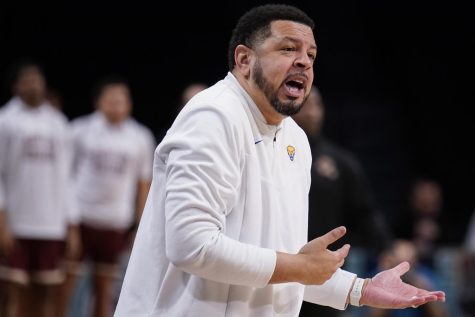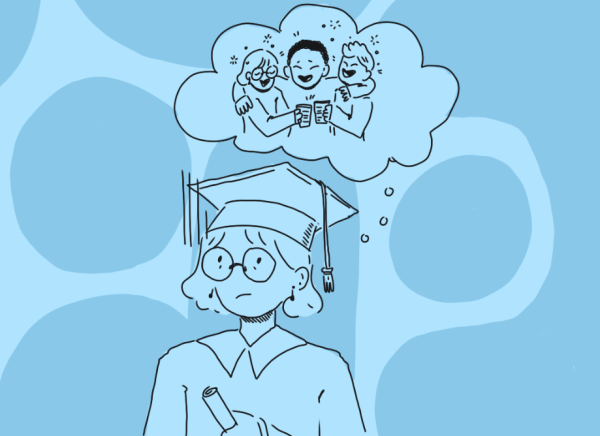Editorial: In college, recreation should not undermine education
September 21, 2014
When it comes to recreation, universities have been anything but “lazy,” as of late.
The New York Times cited a study by Nirsa: Leaders in Collegiate Recreation that found 92 schools across the country have reported spending more than $1.7 billion on recreation centers as of 2013. But these recreation centers don’t just include weight sets or basketball courts. Many are taking a much more aquatic theme.
Schools like Louisiana State University and Texas Tech have built lazy rivers for their students, while others, like North Dakota State, have zip lines for their students to ride before plunging into a pool of water. With students at said schools reportedly going to class with inner tubes in hand, universities are starting to look less like centers of higher learning and more like resort getaways.
But is that a necessarily a bad thing?
These facilities are a testament to the effort universities put toward recruitment. Studies conducted at Purdue University and Michigan State found that a healthy and active student body usually achieves better grades.
David Greusel of Convergence Design — a company that has constructed recreation products at universities, like a water slide at the University of Toledo — told The New York Times, “When you think about our sedentary lifestyle today, if you can get some kid out on a zip line, instead of playing video games and eating pizza, that’s a huge win.
“It’s also the logic of the grocery store: Once you get them in the door, they’re going to buy something else. Once you get them in the rec center for the pool, maybe they’re going to sign up for a yoga class,” Greusel said.
Other than recruitment, there are other incentives for schools to invest in recreational facilities. Pitt is no stranger to the trend, either, spending nearly $1.23 million in renovations on the third floor of the William Pitt Union — which now includes a reflection room, a Stress Free Zone and a fitness center open to students.
But that’s no lazy river.
A lazy river at Pitt wouldn’t exactly work, considering we don’t see the sun for the majority of the year. But that’s not the point.
There is a line when it comes to a university’s emphasis on recreation. There is definitely value in recreation centers, especially for universities in rural areas where students may not encounter many activities outside campus.
But in a time when student debt and the average college tuition rate is at an all-time high, schools are not justified in spending billions of dollars on recreation facilities.
With the current job market and economy facing students, universities should focus on the practical benefits of attending college, like cost-effectiveness, return on investment — how much you pay for school, versus how much you make afterwards — employment training, job placement and internship opportunities.
In other words, universities should place more emphasis on making better lives for students after college, rather than trying to make it a vacation while they are in college.
There are benefits to providing adequate recreation facilities for the student body to unwind, but let’s remember what college is really about.







